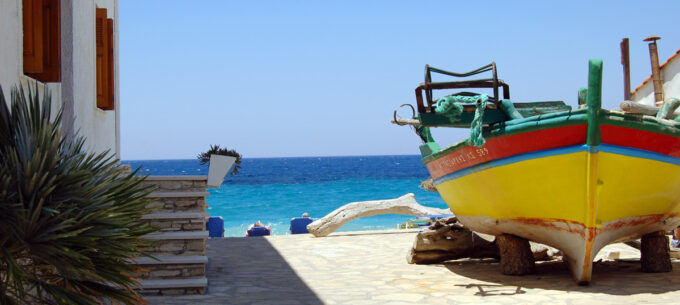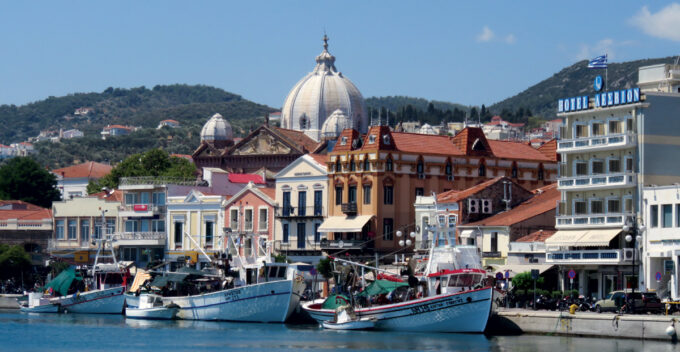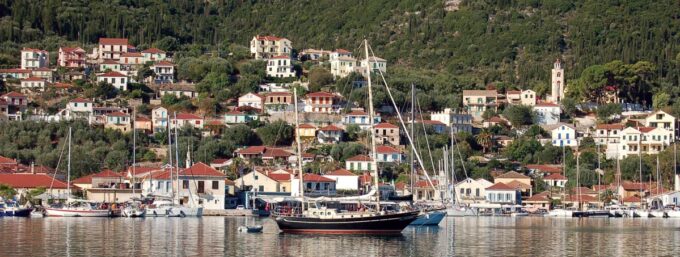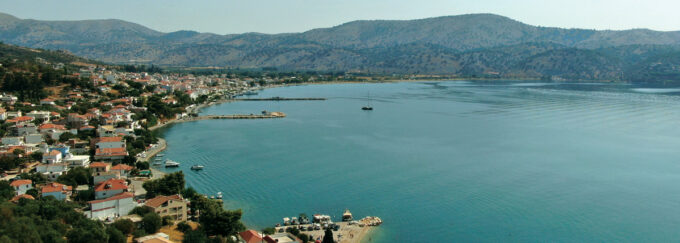Samos
The name of the island is pre-Hellenic and means “tall” and was so called because of its tall mountains. During antiquity the island was also known as ANTHEMOÚSA (meaning “many flowers”), DRYOÚSA (“rich in water”), MELÁMPHYLLOS (“rich vegetation”), IMVRASÍA (in honour of the goddess Hera) and also “Nísos ton Makáron” (“Island of the very happy”).…











